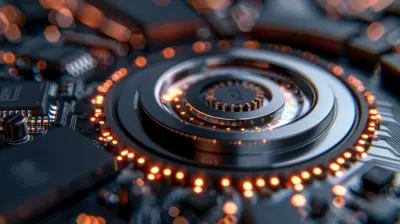Wearable Tech Meets Laptops: Exploring Future Trends in Mobile Computing
7 August 2025
We’ve come a long way from chunky desktops and floppy disks. These days, mobile computing isn't just about thinner laptops or longer battery life—it's about merging wearable technology with traditional computing power. Think smartwatches that do what your laptop used to do. Or AR glasses that let you work in a virtual office while you're chilling in your backyard. Wild? Maybe. But it's happening.
In this article, we’ll dive into how wearable tech is slowly becoming the new face of mobile computing, what trends are shaping the space, and what your future "laptop" might actually look like. Buckle up—it’s going to be a futuristic ride.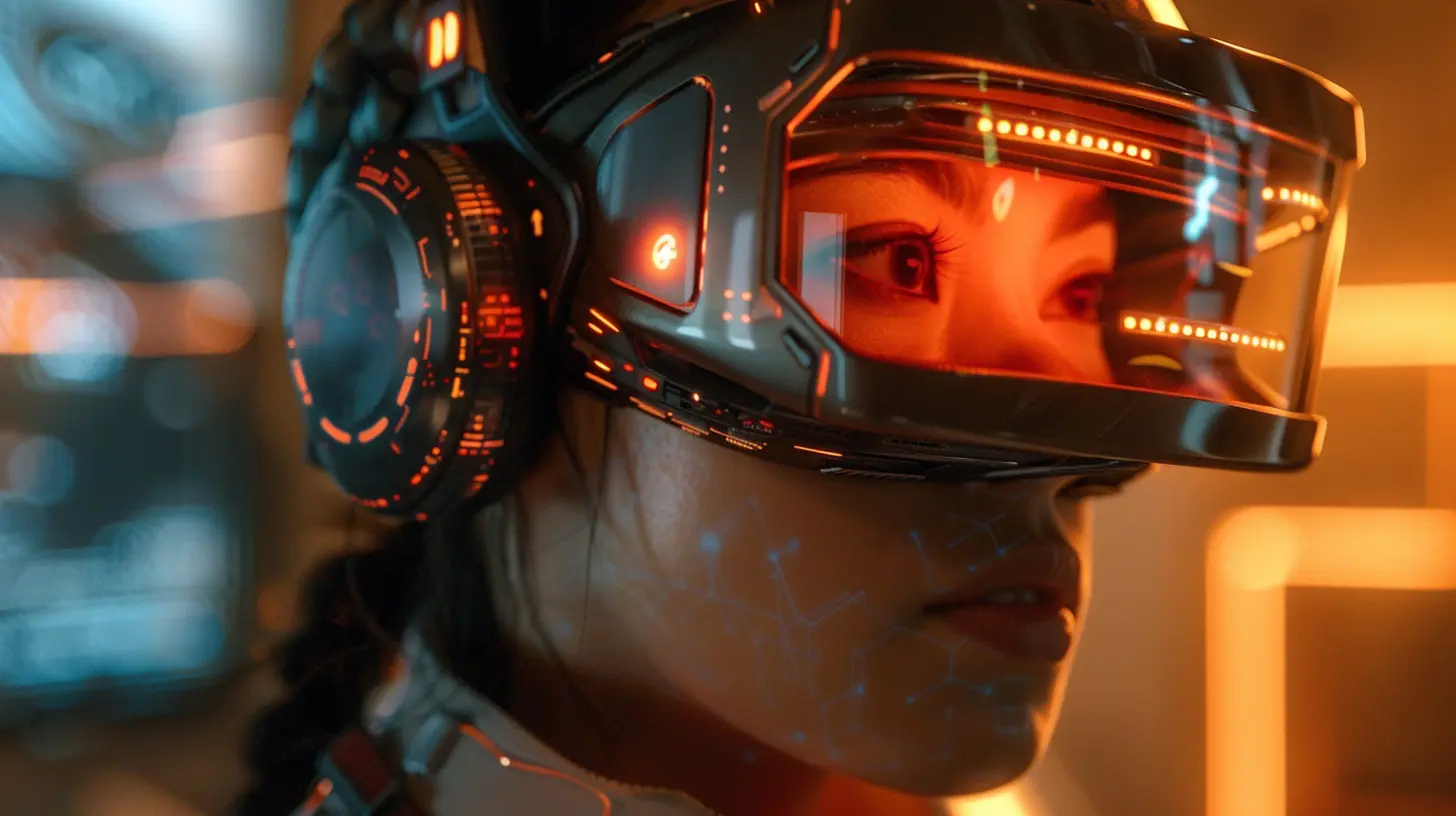
What's Driving the Shift from Laptops to Wearables?
Let’s be honest—laptops have served us well. But in our hyper-connected, on-the-go lives, even the sleekest ultrabook can feel like a brick. Enter wearables.Here’s the deal: people want mobility, multitasking, and minimalism. Wearables check all those boxes. They’re light. They’re always on. And more importantly, they’re blending hardware and software in ways that laptops just can't.
Combine that with rapid advancements in AI, edge computing, 5G connectivity, and battery tech, and you've got the perfect storm for a mobile computing revolution.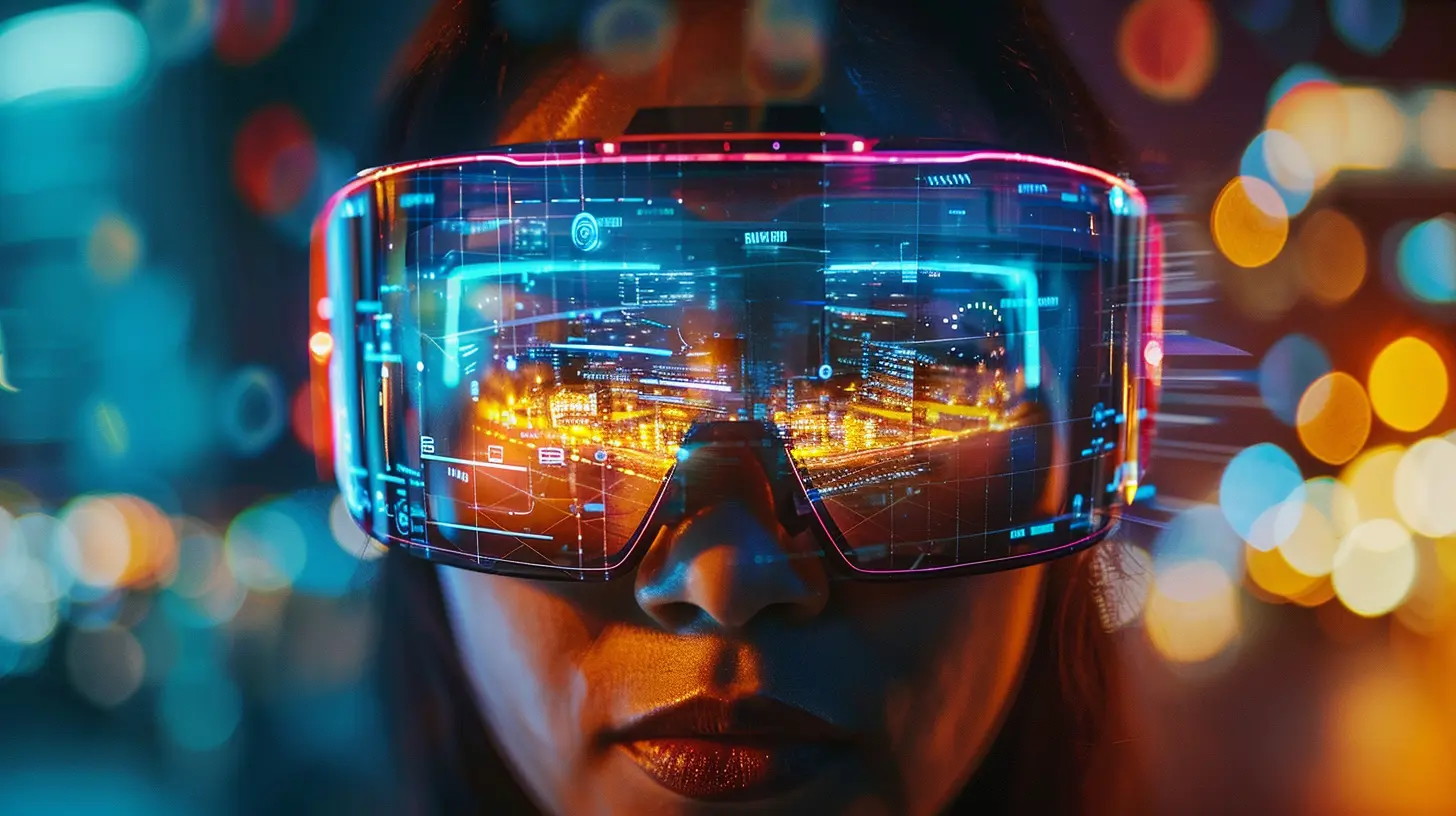
The Evolution of Wearable Tech: From Fitness to Full Functionality
Remember when wearables were just Fitbits counting your steps? Those days are gone. Today’s wearable devices are powerful enough for email, messaging, calls, voice assistants, and even productivity tools.We’ve seen upgrades like:
- Smartwatches with LTE and apps that rival smartphones
- Smart glasses with augmented reality (hello, Apple Vision Pro & Meta Ray-Bans)
- Wearable keyboards and input devices (think Tap Strap or neural interface tech)
- Portable displays like neck-worn screens or AR overlays
What’s happening is clear—wearables are picking up the slack where laptops are starting to lag.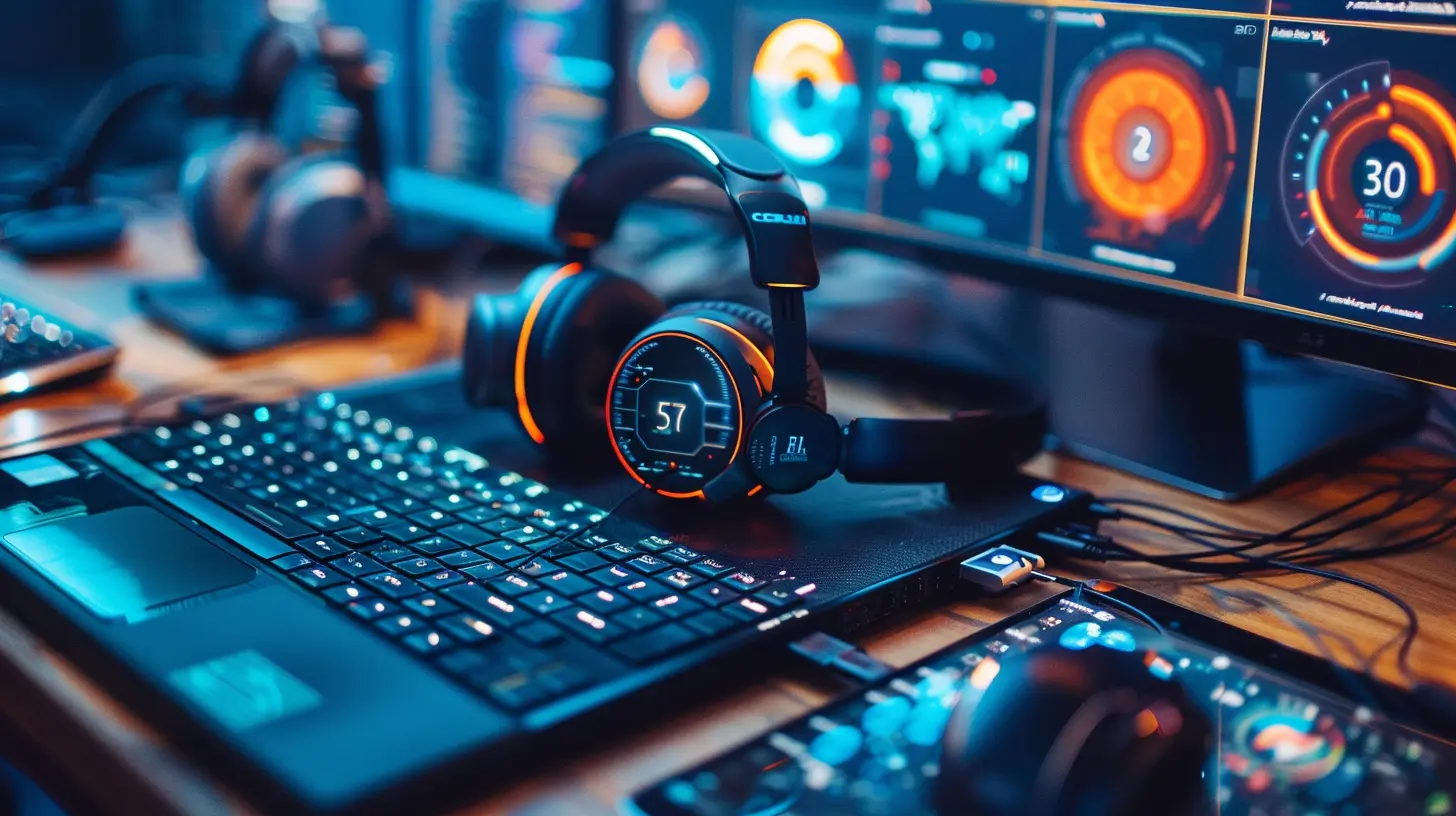
Are Wearables Replacing Laptops?
Not yet. But the future? That’s a different story.The conversation isn't about wearables replacing laptops instantly. It's more about complementing and enhancing mobile computing environments. Imagine using AR glasses instead of a laptop screen. Or dictating emails through your smartwatch while walking your dog.
You’ll still need processing power, but it’s no longer tied to a traditional keyboard-and-screen setup. Your "laptop" might soon be split across devices you wear—each playing a specific role.
In the next few years, it’s likely that wearables will:
- Act as extensions of cloud-connected computing
- Handle basic tasks independently
- Rely on AI to predict what you need before you ask
It's not sci-fi—it's just forward-thinking.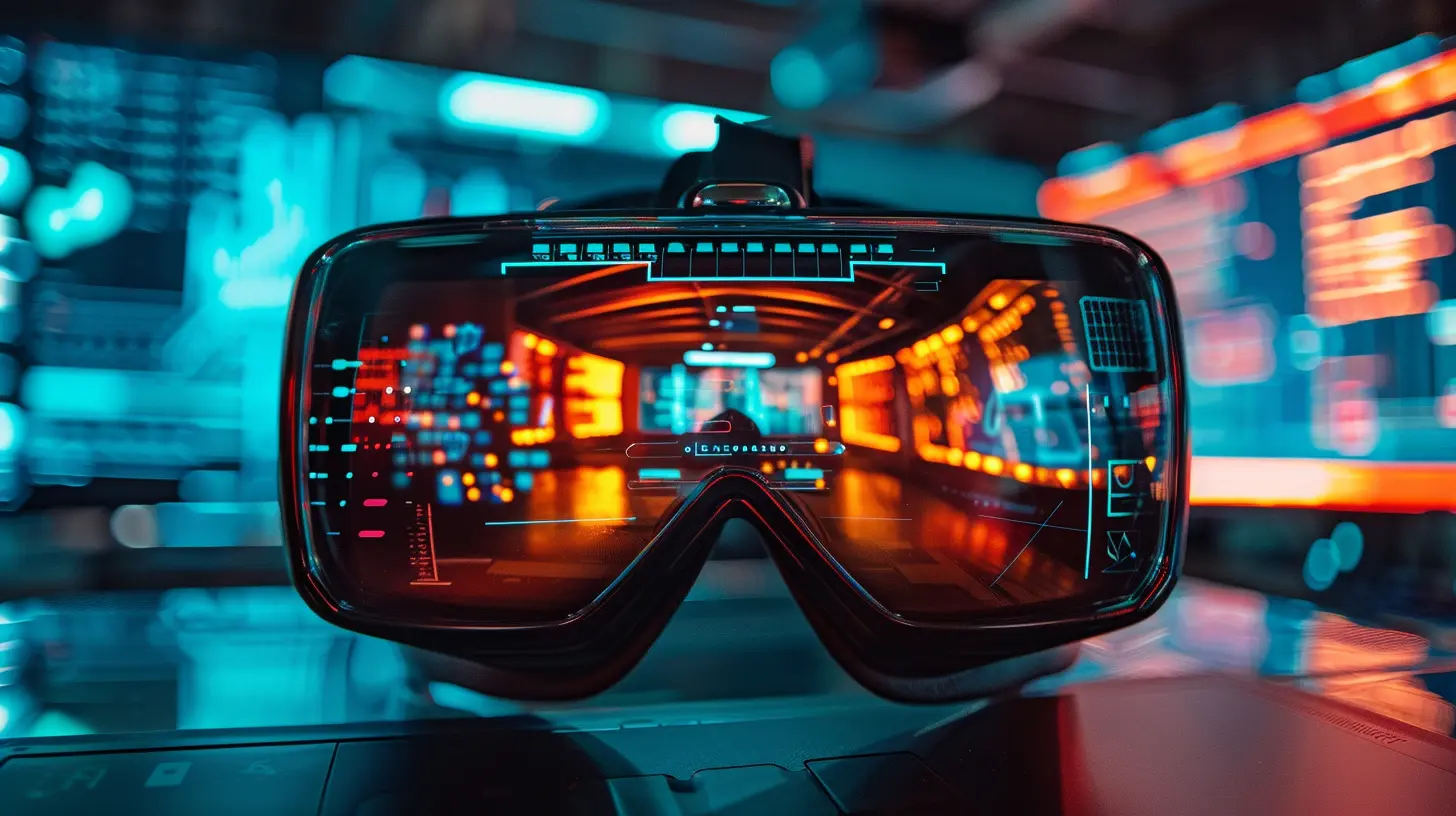
Future Trends in Wearable-Integrated Mobile Computing
Alright, let’s geek out a bit. Here are some of the coolest (and real) trends coming your way.1. Cloud-Based Power, Local Convenience
The rise of cloud computing means the heavy lifting—like rendering graphics or processing big data—won’t need to happen on your device. That smartwatch or AR headset just needs to connect to the cloud.For users? That means lighter wearables, longer battery life, and fewer overheating issues.
2. AI-Powered Personal Assistants
Wearables are getting smarter. You won’t just ask your device to send a message—they’ll know you need to send it.With AI integration:
- Your smartwatch might remind you of a meeting and draft the talking points
- AR glasses may highlight key data in your vision during a Zoom call
- Your earbuds might rearrange your schedule based on tone-shift in your voice
Creepy? Maybe. Useful? Extremely.
3. Seamless Device Integration
Your laptop, smartwatch, earbuds, and even smart rings will all be synced. You’ll move from device to device without skipping a beat.Typing an email on a foldable keyboard? Your glasses show the screen. Pause the work and your smartwatch keeps working in the background. Maybe even take a call through your ring. It’s like the Avengers of tech—each device has its superpower.
4. Bio-Integrated Tech: Your Body Is the Interface
Hear me out. Imagine controlling your "laptop" with your eyes, your gestures, or even brainwaves. That’s not fantasy—that’s where Neuralink and other brain-computer interface (BCI) companies are headed.While we’re still a ways off from mainstream brain-computing, gesture and eye-tracking are already real, thanks to companies like Mojo Vision and Microsoft HoloLens.
5. AR and VR as the New Workspaces
Why carry a laptop when you can have a multiple-screen setup anywhere using AR glasses?Apps like Spatial already let users work together in AR spaces. Combine that with cloud storage and AI transcription, and suddenly your coffee shop becomes a virtual boardroom.
The future of mobile computing might not be on a “device” at all—it might live in your field of view.
Challenges to Tackle Before We Go All-In
Now, it’s not all rainbows and Metaverse. There are some significant hurdles wearable computing needs to overcome before it takes over laptops.Battery Life
Processing takes juice—and wearables are tiny. So battery tech needs to evolve fast to keep up with demand, preferably without making your smartwatch look like a brick.Privacy and Security
If your smart glasses record everything you see, how do we control privacy? Facial recognition, data syncing, and always-on microphones raise valid concerns.Manufacturers will need to bake in advanced encryption and user controls from the get-go.
Ergonomics and Usability
Ever worn a VR headset for more than 30 minutes? Not exactly comfy. For wearables to replace laptops, they need to be light, durable, and easy to wear all day.Current tech is getting there, but it’s not quite laptop-level comfortable—yet.
Who’s Leading the Charge?
Several big-name companies are throwing their hats into the wearable-laptop hybrid ring.- Apple: Between Apple Watch, Vision Pro, and seamless ecosystem integration, they’re slowly making the iPhone and MacBook more wearable-friendly
- Meta: Focused heavily on AR and immersive workspaces (don’t sleep on those Ray-Ban smart glasses)
- Google: Their Pixel watch and AR development show they’re planning for a wearable-first world
- Microsoft: With HoloLens and enterprise solutions, expect them to push productivity in wearable form
- Samsung and Lenovo: Constantly innovating with foldables, rollables, and hybrid gadgets
It’s not just about new devices—it’s about creating experiences that move across devices without friction.
So, What Does the "Laptop" of the Future Look Like?
Let’s paint a picture.You walk into your coworking space. You’re wearing AR glasses that detect your location and instantly load your workspace in front of your eyes. Your smartwatch handles notifications and calendar reminders. A neural interface lets you control windows and apps with gestures. No screen. No keyboard. No bulky hardware. Yet full-power computing in your wearable ecosystem.
That’s the laptop of the future—distributed, wearable, and invisible.
Final Thoughts
Wearable tech isn't just getting smarter—it’s changing the very nature of how we compute on the go. Sure, your laptop isn’t going obsolete tomorrow. But it's evolving, possibly fading into a network of interconnected wearable devices that provide computing power anytime, anywhere.If mobile computing began with the laptop, then wearable tech is the sequel—and trust me, it’s going to be a blockbuster.
all images in this post were generated using AI tools
Category:
Laptop ReviewsAuthor:

Reese McQuillan
Discussion
rate this article
1 comments
Evren Green
Exciting intersections of wearable tech and laptops could redefine mobile computing’s future and user experience.
August 18, 2025 at 2:45 AM

Reese McQuillan
Absolutely! The convergence of wearable tech and laptops promises to enhance user interactivity and functionality, paving the way for more integrated and intuitive mobile computing experiences.

